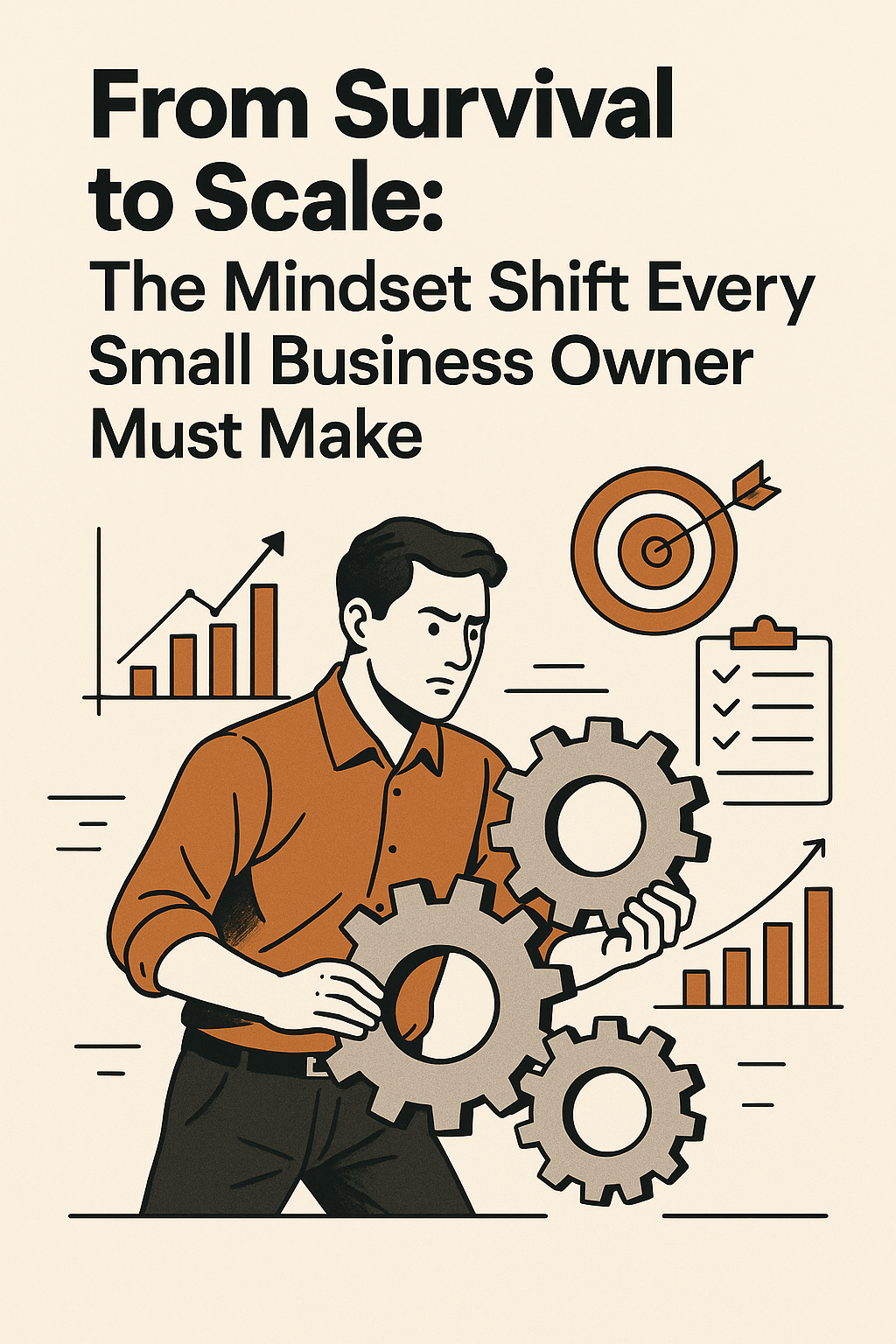03:29:33 pm 06/24/2025
☕ What’s in your cup?
Imagine you’re holding a cup of coffee, and someone bumps into you—coffee spills everywhere. Why?
Not because they bumped you… but because coffee was in the cup.
Whatever is inside is what spills out.
Life will bump you. Shake you. Test you.
And when it does—what spills out?
💥 Anger? Bitterness? Self-pity?
🌟 Or gratitude, grace, joy, and resilience?
You can’t control the bumps—but you can choose what fills your cup.
Today, fill your cup with kindness, love, forgiveness, and s Read More
Imagine you’re holding a cup of coffee, and someone bumps into you—coffee spills everywhere. Why?
Not because they bumped you… but because coffee was in the cup.
Whatever is inside is what spills out.
Life will bump you. Shake you. Test you.
And when it does—what spills out?
💥 Anger? Bitterness? Self-pity?
🌟 Or gratitude, grace, joy, and resilience?
You can’t control the bumps—but you can choose what fills your cup.
Today, fill your cup with kindness, love, forgiveness, and s Read More












